Birds that sing or chirp or call at night are often heard more frequently than they are seen. These birds may often be a delightful reminder of the natural world as you rest indoors.
But identifying those nighttime noises is not always all that easy. More birds are nighttime serenaders than you might think.
Owls

If you hear a bird at night then, often, this will be an owl. There are numerous owl species found in North America, all have distinctive calls and most are nocturnal. When you think of an owl you might think of a call with a hooting sound. However, owls actually make a wide range of noises.
For example, there is the barred owl, which has a distinctive call said to sound like the phrase ‘Who cooks for you? Who cooks for you all?’. There are boreal owls, the males of which have a song which is a series of 8 to 20 whistled toots that get progressively louder as the song goes on.
Screech owls sing with trills and whinnies, and have many calls including the screeches that give it its name – soft, low hoots, and loud, sharp barking calls of alarm. Male elf owls sing at night, as do long-eared owls during the breeding season. Western screech owls have a distinctive song sung in duet, and the male creates a song that sounds like a speeding-up bouncing ball.
These are just a few examples of the varied vocalizations that you can expect to hear from a range of different owls at night, depending on where you live.
But owls are not the only birds that chirp, sing or call during the night. And here are some other birds that you might hear after dark, or in the hours of twilight.
Northern Mockingbirds
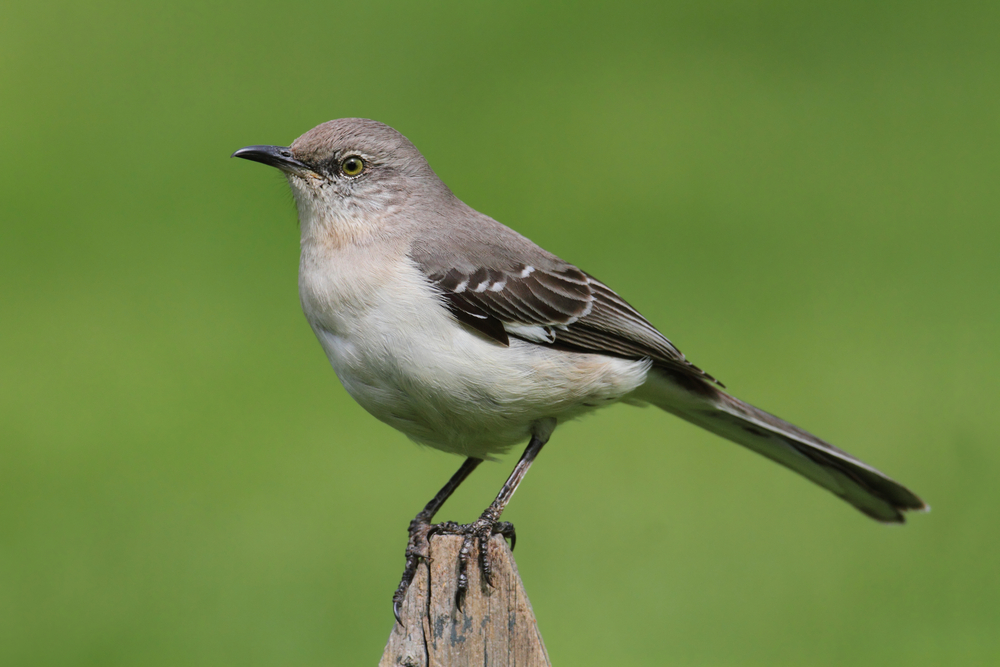
This native US bird species is perhaps one of the best-known bird mimics in North America. This species has a remarkable adaptation that allows it to reproduce sounds at any pitch and duration.
Mockingbirds are mimics – within the new world family of passerine birds called mimidae. This family includes not only mockingbirds but also thrashers, tremblers, and new world catbirds.
The only species of mockingbird found in North America is the northern mockingbird, mimus polyglottos. It is typically a permanent resident, but northern birds are sometimes known to move south during harsh winters.
Northern mockingbirds are very vocal and can sing and call throughout the day and night. When these birds are heard at night it is usually males looking for a mate, but a full moon, or other environmental conditions, can also cause them to get going.
Eastern Whip-poor-wills
These birds, like owls, come out and are heard after dark. They won’t be found close to areas of human habitation, but on a camping trip, you might hear these in a remote area. They have a high-pitched, warbling call sustained for two seconds or more.
Found across the eastern US, and into eastern Mexico, this bird’s numbers are sadly on the decline in parts of their range. But they are well known for their ceaseless chanting on summer nights, during their foraging expeditions for insects at dawn and dusk, and throughout the night on bright moonlit occasions.
Common Poorwills
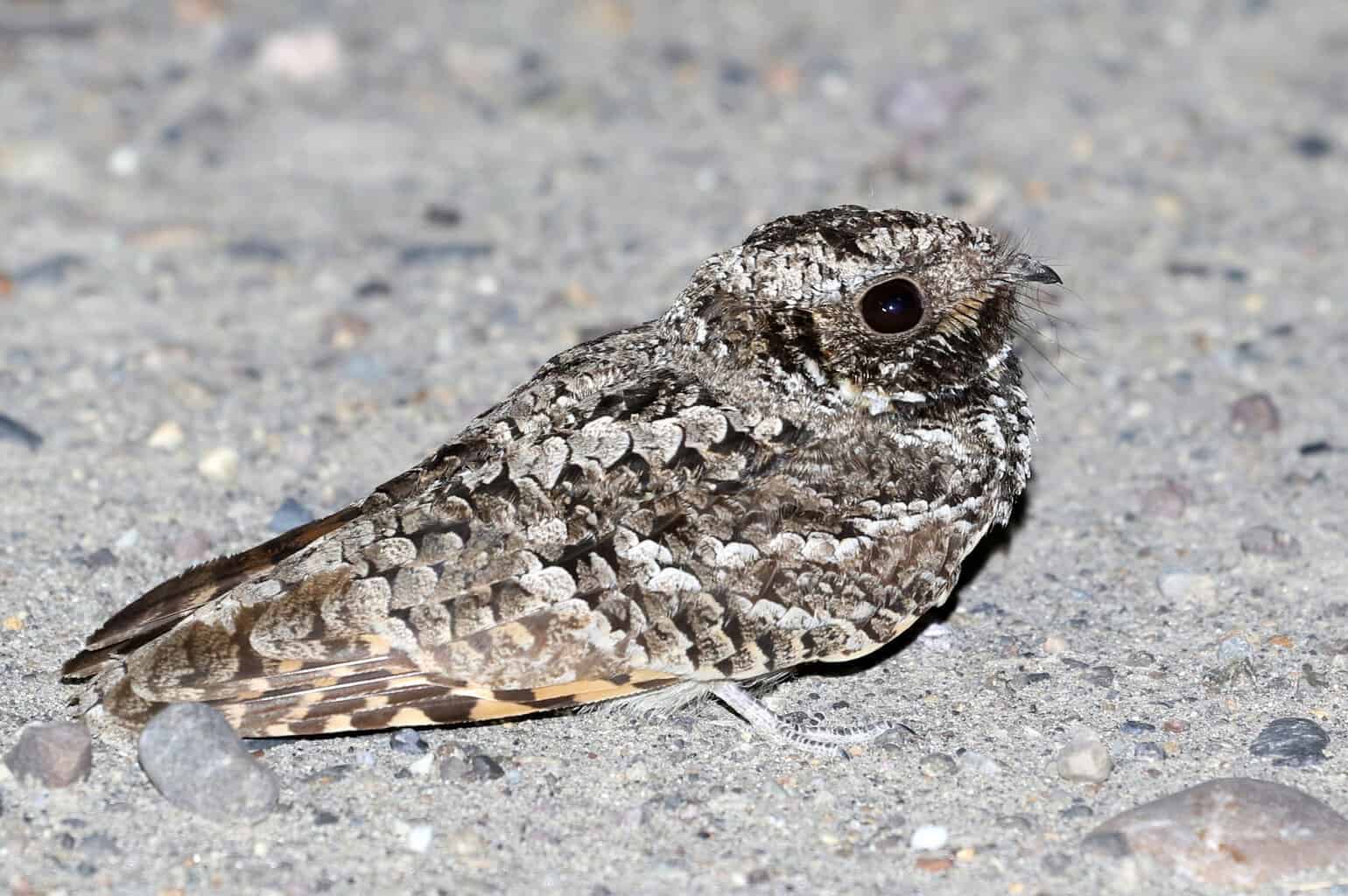
Across desert areas of western North America, these birds chant their names into the darkness for hours on end and yet are rarely seen as they stay camouflaged against the ground during the day. You are far more likely to hear these little birds than to see them.
Common Nighthawks
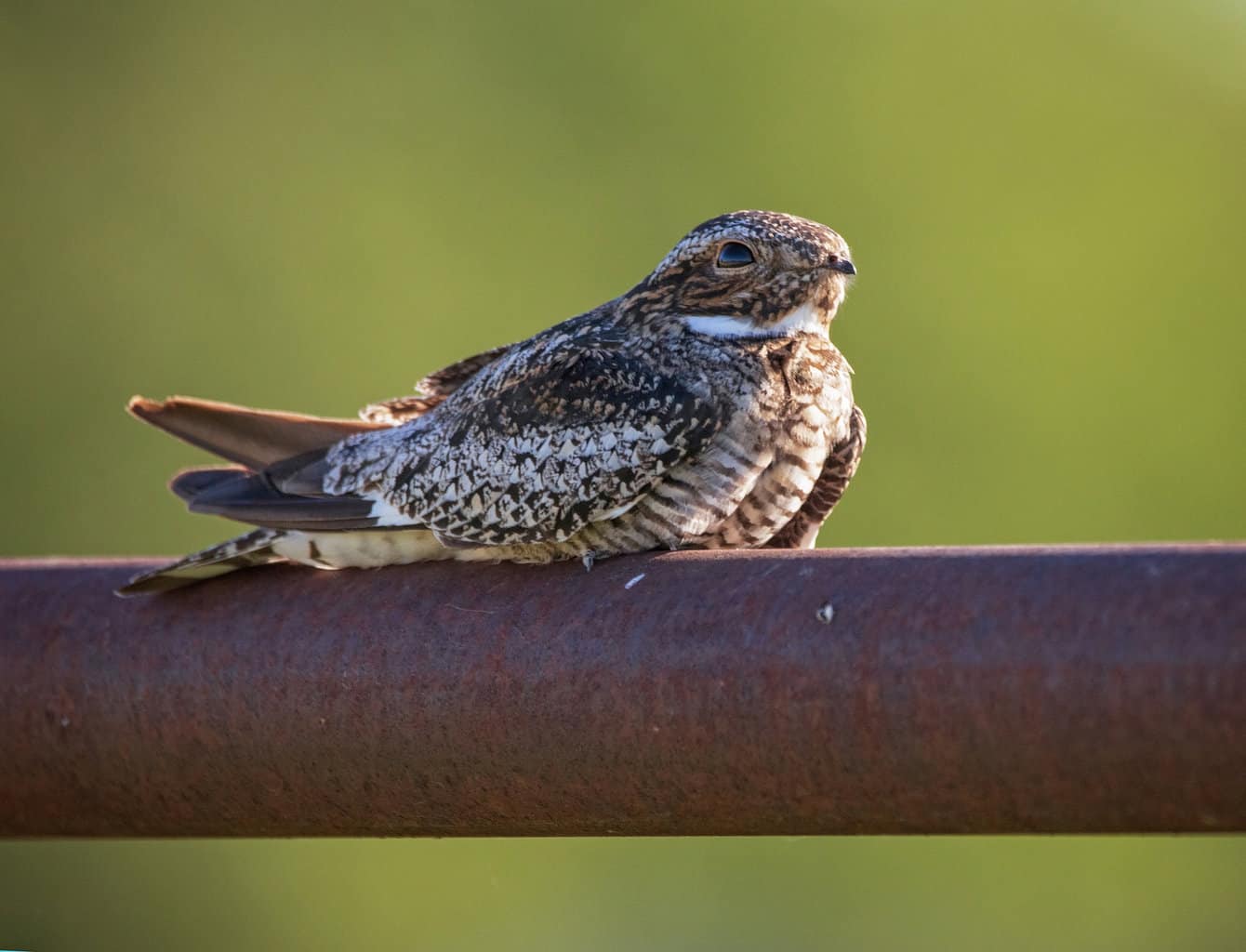
Active at dawn and dusk, rather than strictly nocturnal, common nighthawks make a nasal peent or beer call while flying, and courting males cry auk auk auk. These birds are common across North America in summer, though their numbers are sadly in steep decline.
Yellow-breasted Chats
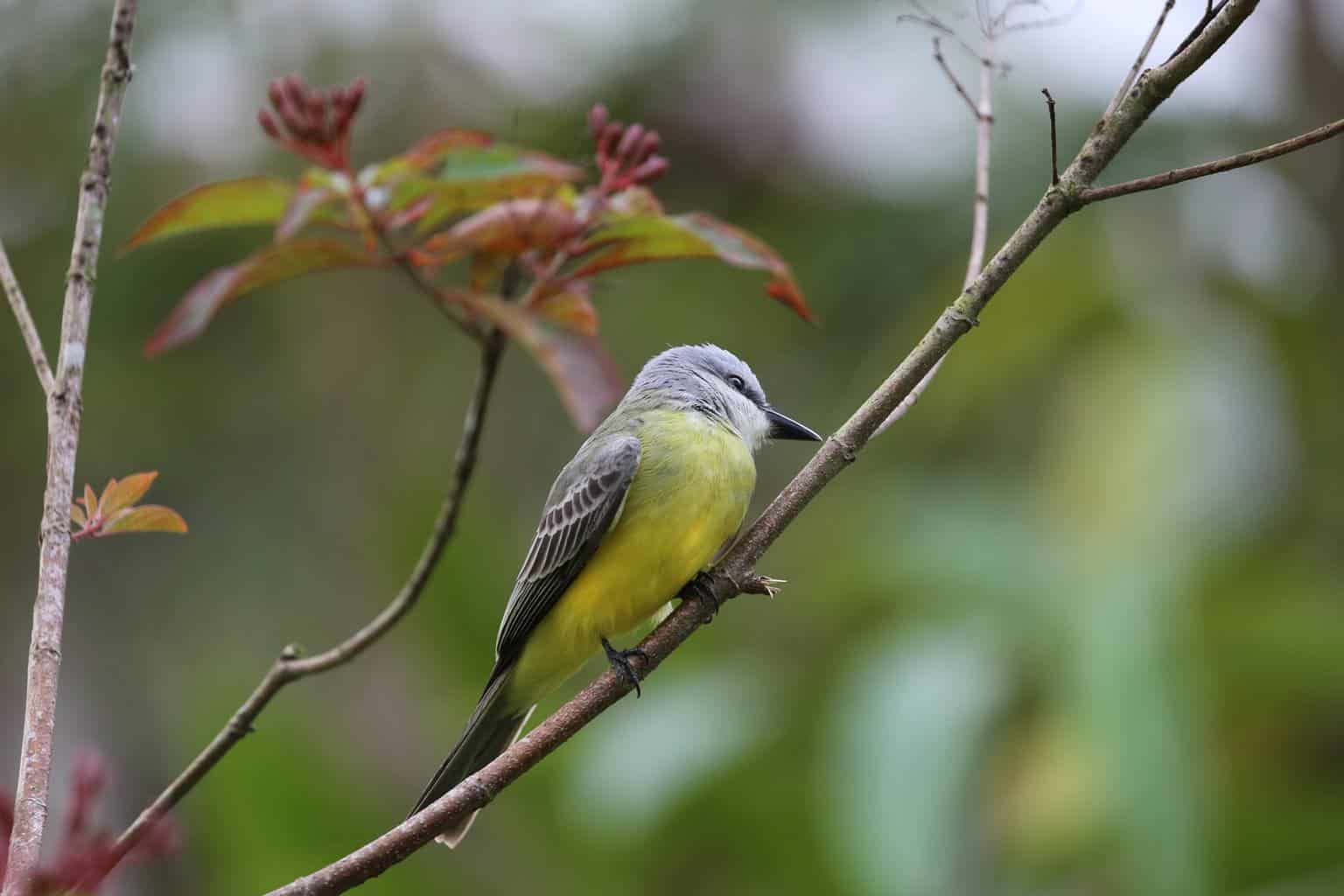
Found in shrubby habitats across much of North America during the breeding season, these birds migrate to Central America for winter. It is in the spring that you might hear the males delivering their varied songs, though these birds are usually largely silent through the rest of the year. You can often hear their varied clucks and warbles at night.
Upland Sandpipers

Found across much of the eastern US and plains, this enigmatic bird of the prairies and pastures is an indicator species that indicates the health of prairie ecosystems.
But in the northeastern and midwestern states, many of these birds nest on the grounds of airports in the short grass that mimics their natural habitat. Males often vocalize long into the night, though this is not a nocturnal species and can be spotted during daylight hours.
Common Loons
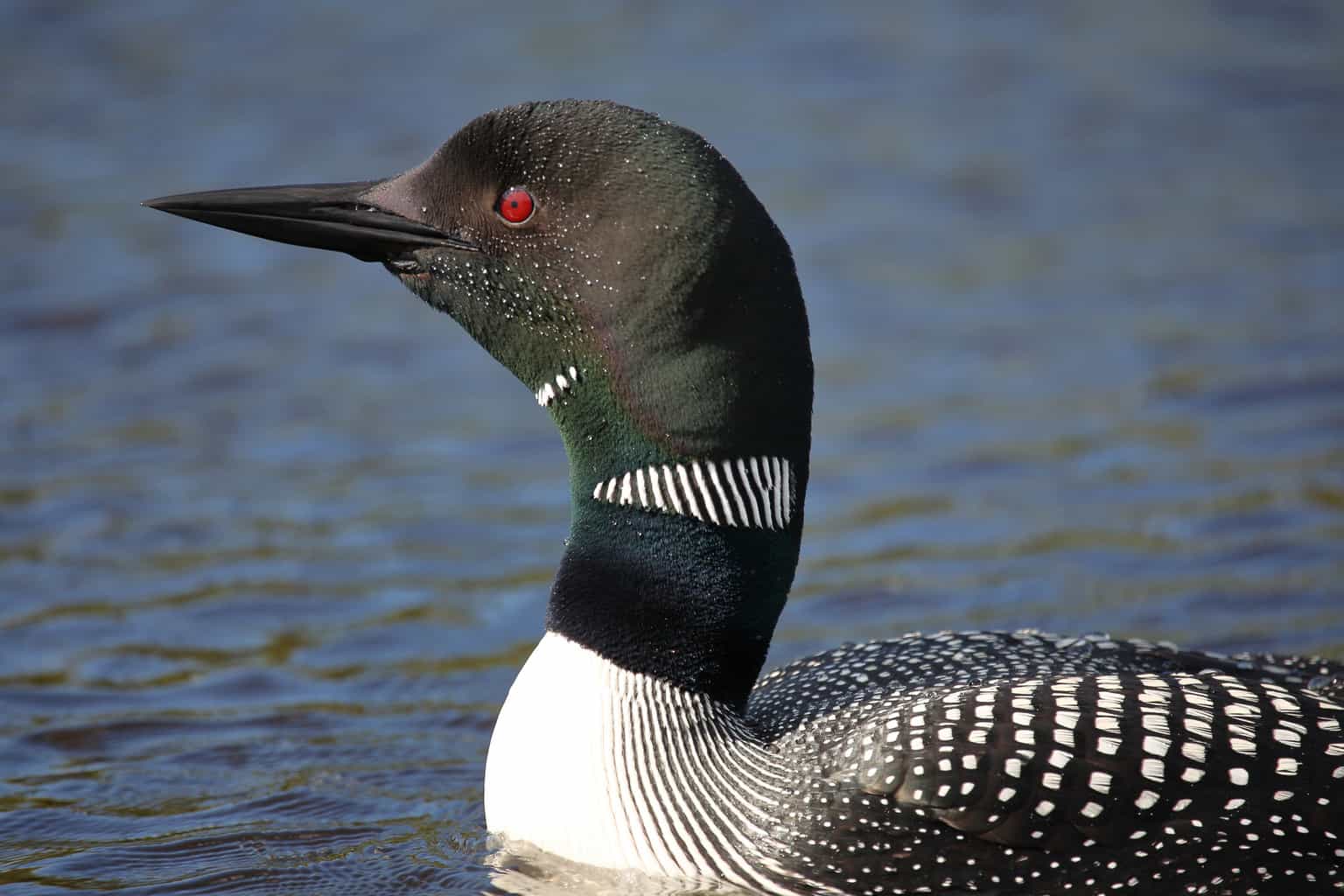
The common loon can be heard creating a series of unusual and haunting calls during the darkest hours, with cackling tremolos and wolf-like howls, as well as its well-known yodel.
Sadly, numbers in the northern US have declined rapidly, in part due to pollution risks from coal-burning power plants but they can still be seen on lakes in the summer and in winter on coastal waters across North America.
Killdeers

This graceful plover is another bird seen across North America year-round – breeding in Canada and parts of the northern US. They are named for their kill-deer call, which can often be heard not only during the day but also after dark.
Buff-collared Nightjars
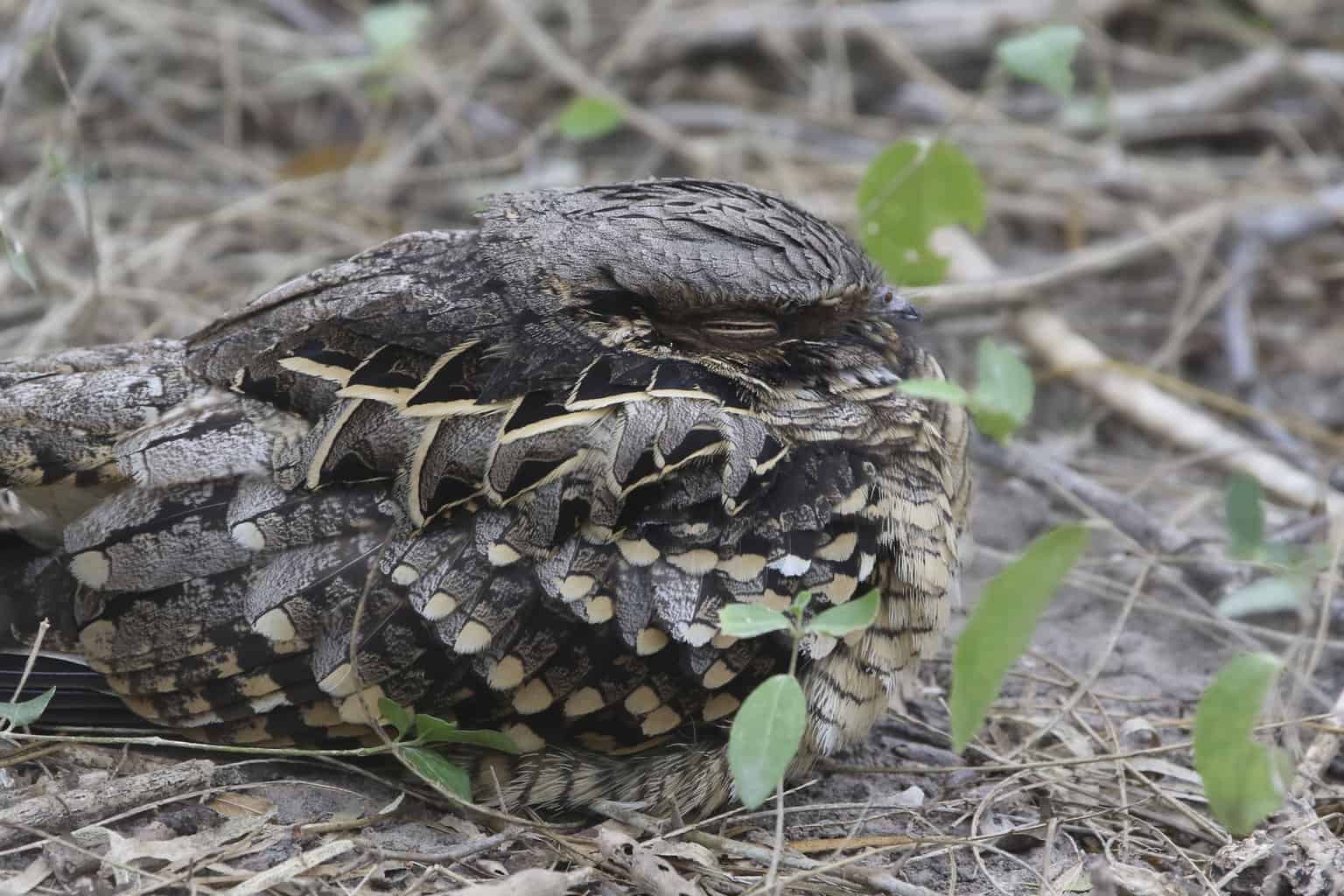
Western nightjars sound a series of chuck and quirr calls when calling to one another at night. Nightjars are often mistaken for owls when they call by those who are not familiar with other nocturnal species.
Chuck-will’s-widows

These birds give out a rolling and long call at dusk and during the night. They are named after their song which sounds a little like this phrase.
Black Rails
Black rails can be heard calling in coastal marshes of California and Florida and have also been spotted breeding across eastern states. Sadly, their numbers are in steep decline. Males usually sing a rolling, frog-like sound approximated by kick-ee-kerr, with the last note lower in pitch, and sometimes with an additional couple of notes at the end.
Black-Crowned Night Herons

Black-crowned night herons are mostly active at dusk and during the night. They are found in marsh habitats across much of North America, emitting loud choking squawks as they fly overhead in the evening to seek our foraging grounds.
Hermit Thrushes
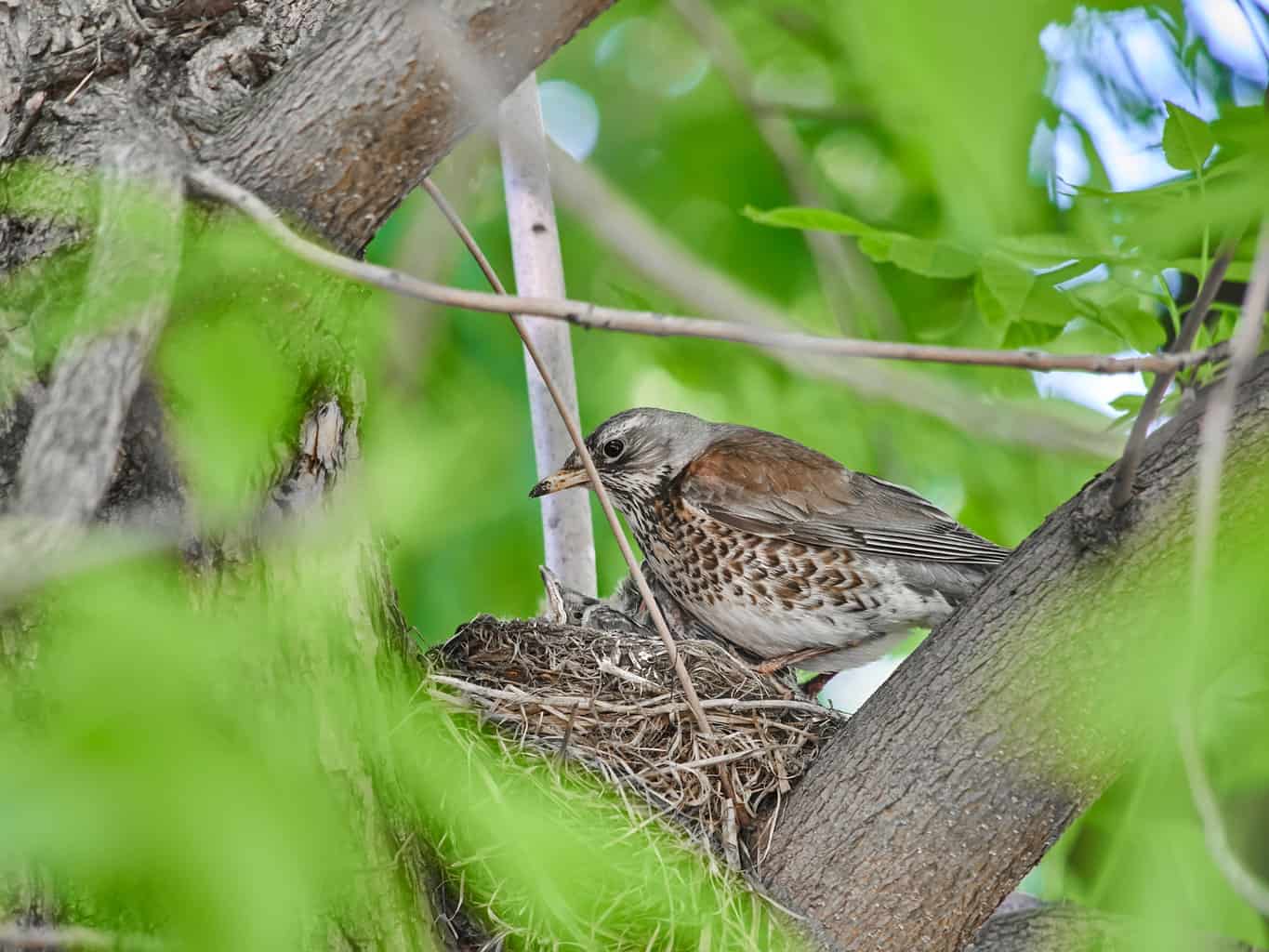
Often the last bird to sing at dusk, hermit thrushes also sometimes chirp after dark and resume their calls early in the morning. Though not regular nighttime vocalists, these birds do perform nightly songs during the spring as part of their courtship rituals.
Northern Cardinals
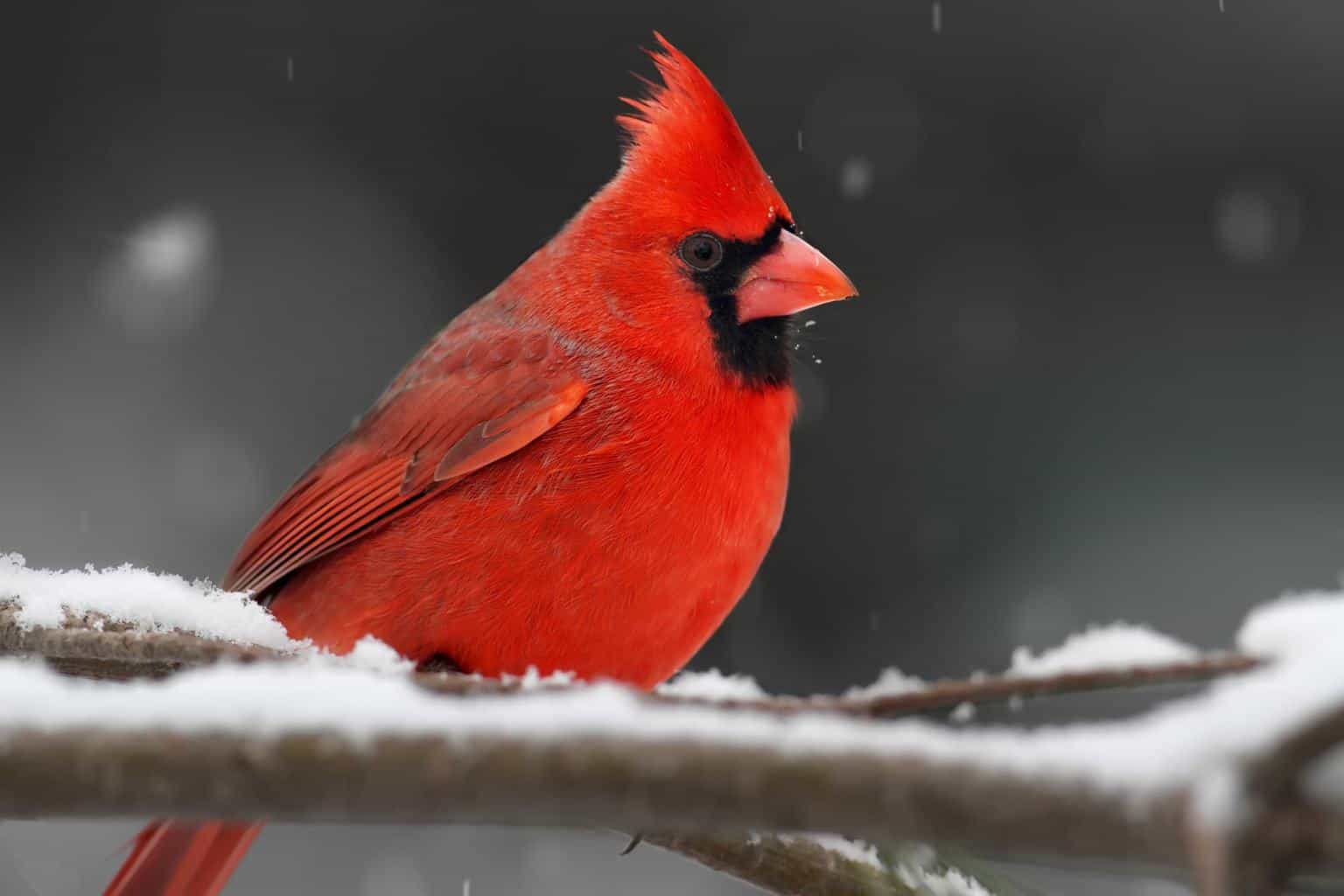
While these songbirds are not nocturnal, some males may sing while looking for a mate during the night. These birds can be heard across the southeast and southwest, and even as far north as Canada.
American Robins

The American robin is not nocturnal either. But robins have adapted to sing during the night largely because of human behavior. They may often choose now to sing at night because of the cacophony of anthropocentric noise from traffic etc. during the day.
Common Nightingales

Common nightingales are not a native North American species but rather a Eurasian one. But they are famed as night singers wherever they are found. Their rich powerful song is known to keep people awake during the night, though they are typically elusive and shy and are endangered in the UK, in the northernmost part of their range.
It is important to note that while these are some of the night-time vocalists that you might hear, other species can sometimes call at night – either through confusion or because they are attacked by predators or suddenly alarmed. So if your sleep is disturbed, or if you are just curious, the source of the chirping might not always be easy to discover.

